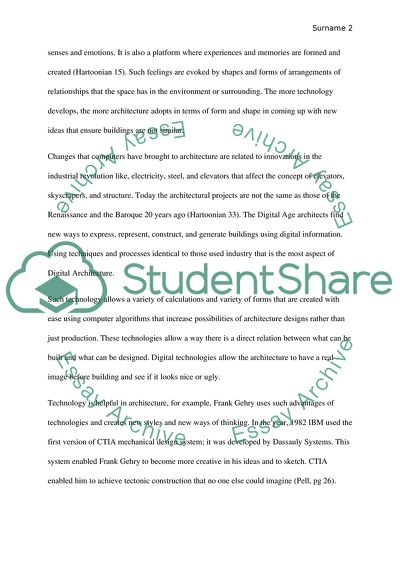Cite this document
(Technology in Architecture Essay Example | Topics and Well Written Essays - 1500 words, n.d.)
Technology in Architecture Essay Example | Topics and Well Written Essays - 1500 words. https://studentshare.org/architecture/1867728-the-effects-of-recent-technology-in-modern-architecture-frank-ghery
Technology in Architecture Essay Example | Topics and Well Written Essays - 1500 words. https://studentshare.org/architecture/1867728-the-effects-of-recent-technology-in-modern-architecture-frank-ghery
(Technology in Architecture Essay Example | Topics and Well Written Essays - 1500 Words)
Technology in Architecture Essay Example | Topics and Well Written Essays - 1500 Words. https://studentshare.org/architecture/1867728-the-effects-of-recent-technology-in-modern-architecture-frank-ghery.
Technology in Architecture Essay Example | Topics and Well Written Essays - 1500 Words. https://studentshare.org/architecture/1867728-the-effects-of-recent-technology-in-modern-architecture-frank-ghery.
“Technology in Architecture Essay Example | Topics and Well Written Essays - 1500 Words”. https://studentshare.org/architecture/1867728-the-effects-of-recent-technology-in-modern-architecture-frank-ghery.


